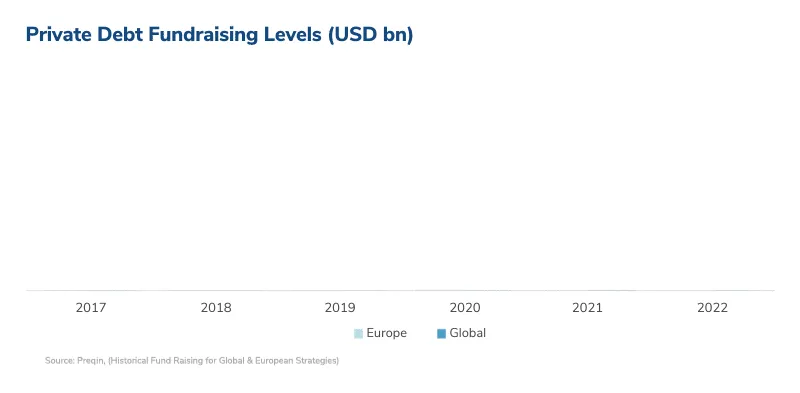Welcome to the fifth edition of our biannual mid-market debt report in which more than 50 leading credit funds, banks, and asset-based lenders participated, submitting deals completed in H1 and H2 of 2022.
Following a record-setting (post-COVID-19) year in 2021, we saw market volatility and uncertainty creeping into the markets in 2022 caused by geo-political events, spiraling inflation, supply chain pressures, and rising cost of debt. Deal activity levels continued to be strong in H1; however, market sentiment worsened throughout the year, resulting in increased caution towards new deals and strongly declining mid-market M&A and debt deal volumes in H2. This was markedly the case towards the end of Q4 when several lenders, de facto, stopped new lending.
Defensive sectors continued to dominate in 2022, with more than 70% of deals in H2 of 2022 in media/tech/telecom/software, business services, health care, and financial services. Additionally, we saw a strong decline in deal flow in industrials.
Though the UK continued to lead with 32% geographic share, debt-fund focus shifted slightly to continental Europe, with the relative share of UK deals down 5% on last year and corresponding increased shares for other countries, notably France, followed by Germany and the Netherlands. The UK, France, Germany, and the Netherlands represent 78% of debt fund deals recorded.

In this report we present the usual lender “league tables” for European direct lenders, UK banks and UK asset-based lending (ABL) providers. In the UK, debt funds' market share stood at 73% in H2 2022 and clearing bank appetite for super senior revolving credit facilities (SSRCFs) remained heavily subdued.
Compared to the leveraged loan markets, deal flow in the ABL market remained steady, with deal volumes in 2022 comparable to those witnessed in 2021. Most activity remained in the lower mid-market as in previous periods. Drawn loan-book levels for many lenders were finally reported to have edged above pre-pandemic levels.
Debt fund dry powder is at an all-time high, and we expect the debt markets to remain open with slightly improved sentiment compared to December 2022. However, we expect continued lender caution in H1 of 2023 and a selective focus on existing clients and quality credits. Many fund lenders appear to focus on slightly larger credits and command premium margins and fees compared to levels seen in 2021, compounded by higher base rates. We saw more fund-club deals in 2022 and preference for smaller ticket sizes may continue into 2023, even though borrowers often prefer a bilateral fund deal. ABL supply of capital is expected to remain solid, in contrast with clearing bank appetite for SRCFs. Overall debt market volumes for H1 2023 are expected to fall well below the levels seen in H1 2022 and refinancing, restructuring and lender action activity is expected to step up.



